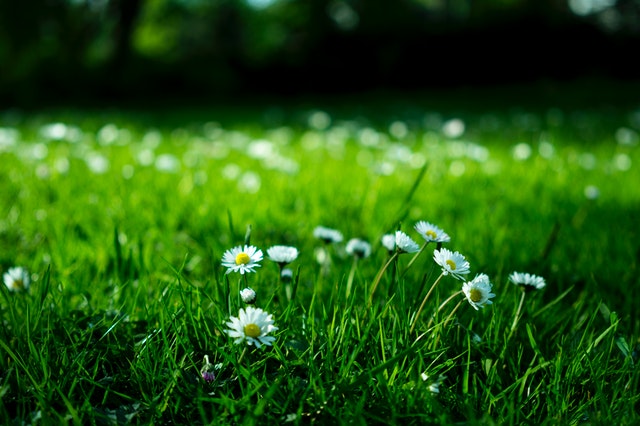For many of us, the choice between real and artificial grass is a no-brainer. We want the perfect lawn, and we’re willing to pay for it. But what are the pros and cons of each type of grass, and how do you make the best decision for your lawn? In this article, we will explore the benefits and drawbacks of both real and artificial grass. We’ll also give you some tips on how to choose the right type of grass for your lawn. So whether you’re looking for a low-maintenance option or the most realistic lawn possible, read on to find out which type of grass is right for you.
Real grass
There are many benefits to having real grass in your yard. It is a natural product that helps to filter and purify water, produces oxygen, and provides a home for beneficial insects. It also helps to keep the soil in place and can help prevent flooding. Real grass is also much more comfortable to walk on barefoot than artificial turf.
Artificial grass
Artificial grass, also known as synthetic turf, is a popular alternative to natural grass. There are many reasons why people choose artificial grass over natural grass, including the fact that it requires less maintenance and can be used in a variety of settings.
If you’re considering artificial grass for your home or business, it’s important to weigh the pros and cons to make sure it’s the right choice for you. Here are some things to keep in mind:
Benefits of Artificial Grass
– Low Maintenance: Artificial grass requires far less water and fertilizer than natural grass, and it doesn’t need to be mowed. This can save you time and money on lawn care.
– Durability: Artificial turf is designed to withstand heavy use, so it’s a great option for high-traffic areas. It’s also resistant to pests and diseases, which can damage natural grass.
– Versatility: Artificial turf can be installed in a variety of settings, including on rooftops, in patios, and in play areas for children. It can also be used indoors in trade show booth displays and other commercial settings.
The pros and cons of each
When it comes to choosing between real and artificial grass, there are pros and cons to each option. Real grass is natural and generally requires less maintenance than artificial grass. However, it can be more difficult to keep real grass looking green and lush in areas with hot weather or little rainfall. Artificial grass is more durable and low-maintenance than real grass, but it may not look as natural.
When deciding between real and artificial grass, weigh the pros and cons of each option to decide which is right for your home or business. Consider the climate in your area, how much sun and rain your lawn will get, how much foot traffic it will see, and your budget.
How to choose the right type of grass for your home
If you’re considering installing grass at your home, one of the first decisions you’ll need to make is what type of grass is right for you. There are two primary types of grass available on the market: real grass and artificial grass. Both have their own benefits and drawbacks, so it’s important to choose the option that best suits your needs.
Real Grass:
Real grass is the more traditional option and has a number of benefits. First and foremost, it’s natural and eco-friendly. It also tends to be more comfortable than artificial turf, making it a great choice for yards where people will be spending time sitting or lying down. Additionally, real grass can be easier to care for than its synthetic counterpart. However, it does require more maintenance than artificial turf, including regular mowing, watering, and fertilizing. It also doesn’t hold up well to heavy foot traffic, so it’s not the best option for yards with a lot of activity.
Artificial Grass:
Artificial turf has come a long way in recent years and now looks more realistic than ever. It’s also much more durable than real grass, making it a better choice for high-traffic areas. It requires very little maintenance (usually just occasional brushing to remove debris) and can even be installed in areas with poor drainage. However, artificial turf can be more expensive than real grass upfront, and some people find it less comfortable to walk on barefoot.
Maintenance tips for each type of grass
-For Bermuda grass, mowing height should be 1-2 inches. Fertilize in late spring and early fall. Overseed in late summer to early fall.
-For zoysia grass, mowing height should be 1-3 inches. Fertilize in early spring and early fall. Overseed in late summer to early fall.
-For centipede grass, mowing height should be 1-2 inches. Fertilize in late spring and early fall. Overseed in late summer to early fall.
-For St. Augustine grass, mowing height should be 2-3 inches. Fertilize in mid to late spring and mid to late summer. Overseed in late summer to early fall.
